International Legislation and Where it Comes From
Understanding of the broader picture
Legislation is the main driver for standards that are required for good Health and Safety Management in a workplace. However, it is a varied and, in some cases, complicated topic – one that SHEilds’ Tutor Team receive many queries about.
This blog is aimed at those who would like to develop understanding of the broader picture on International Legislation and where it comes from. This should help illustrate how their country or state decides on Health, Safety and Environmental Legislation from decisions that are made internationally.
Types of Legislation
There are two main types of legislation written for applicable countries or states:
Goal-setting
This is where the law has been written setting out specific aims and targets that should be achieved. This can be international or national:
- International – Set by an international governing body such as USA, European Commission or Australian government where there are several states or countries under federal governance. The individual member states or countries are required to enact legislation that ensures the targets are met.
- National – Set by governments of individual states or countries. Organisations are expected to implement standards to meet the goals and targets laid out.
Prescriptive
Prescriptive legislation can also be set internationally or nationally (as explained above) but it will set out specific ways in which the national countries and organisations must implement arrangements.
If goal setting legislation is passed by an international governing body, individual states may decide to enact this in addition to more prescriptive legislation in order to clarify to organisations what is specifically required to meet the standards required.
How are decisions made on legislation?
How exactly are decisions made on legislation? Legislation for health, safety and environmental areas often begin with international organisations such as the International Labour Organisation (ILO) who will call a Convention in response to new technology, research and other data.
The World Health Organisation (WHO) and the United Nations (UN) are fundamental in providing reliable and informative data in these situations. The ILO is synonymous with Health and Safety legislation whereas the UN are more active in developing environmental legislation.
The United Nations
With 193 Member States in the General Assembly, the United Nations has a massive global influence and is a neutral force. The main functions of the United Nations are:
- To maintain international peace and security by preventing conflict, mediating between countries in conflict and creating conditions for peace to hold, via peacekeeping.
- The protection of human rights is the guiding principle of the charter. In 1948, The Declaration of Human Rights meant that human rights were then under the realm of international law. The UN protects human right through legislation and ground activities.
- Delivery of humanitarian aid is a purpose of the Charter which states the principle is “to achieve international co-operation in solving international problems of an economic, social, cultural or humanitarian character“. The UN co-ordinates relief operations in areas that have suffered man made or natural disasters where national authorities do not have the capacity to do so.
- Promotion of sustainable development is a main priority of the UN. This development is classed as one that “promotes prosperity and economic opportunity, greater social well-being and protection of the environment”.
- To uphold international law as per the Charter which states this objective as “to establish conditions under which justice and respect for the obligations arising from treaties and other sources of international law can be maintained“. This is achieved in various ways such as:
- Courts.
- Tribunals.
- Multilateral Treaties (the Charter itself is regarded as a treaty).
- The Security Council.
The ILO
The ILO is known as a “tripartite” agency of the UN (this means that they are involved in bringing together business, labour, and state affiliations) and was set up in 1919 to:
- Bring together governments, employers and workers of 187 member States.
- Set labour standards.
- Develop policies.
- Devise programmes promoting decent work for all women and men.
ILO and UN Processes
The ILO and UN instigate processes which involve global countries as follows:
- Conventions – This is where a group of countries will come together to discuss a particular topic and agree a way forward. Each attending country is known as a “Party”. Subsequent meetings of the same group on the same topic are known as “Conference of Parties” or “COP”. The most prevalent COP meetings are those used to discuss climate change by the Intergovernmental Panel on Climate Change (IPCC). COP25 will be the 25th meeting of the Parties and is due to be hosted in Chile in November 2019. Conventions are not legally binding, and the Parties will sign to agree that they support the concepts being discussed.
- Treaties – Moving on from a Convention, if the discussions are to be formalised, a treaty will be drawn up where Parties will sign to say that they are committed to implementing the decisions made at the Convention. They are internationally legally binding, but do not become legally binding in individual countries or states until the individual Parties have locally ratified (made law) the terms of the treaty. However, signing a treaty is demonstrating commitment to implementation. This can be equated on an organisation level to the Health and safety policy statement. Whilst Parties may sign up to a treaty, they may also stipulate in their agreement areas in which they do not wish to follow and any other considerations that need to be made. One example is where finances prohibit the full adherence to the terms of a treaty.
- Protocols – These are practical documents for each Party that give guidance on how to implement the terms of a convention or treaty. On an organisation level, this is similar to the arrangement section of a Health and Safety policy. The Kyoto Protocol was adopted in Kyoto, Japan, in 1997 coming into force in 2005. The detailed rules for the implementation of the Protocol were adopted at COP 7 in Marrakesh, Morocco, in 2001, and are referred to as the “Marrakesh Accords.” The Kyoto Protocol is linked to the United Nations Framework Convention on Climate Change (1994) where Parties agreed to reducing greenhouse gas emissions.
- Recommendations – These are very similar to national Approved Codes of Practice (ACoPs) where they set out a minimum standard to be achieved relating to an individual convention or treaty. They are not legally binding and are sometimes used by independent countries or states in place of ratified legislation to implement standards for health, safety and environmental issues. An example of this is R164 – Occupational Safety and Health Recommendation, 1981 which followed on from Convention C155 – Occupational Safety and Health Convention, 1981.
- Guidance – Guidance for different industry sectors are produced by the ILO. They are aimed more at an organisational level and provide information and key aims and objectives that should be met. These are not legally binding but do present a minimum standard and good practice.
Unions of States
Following International agreements, conventions, treaties and protocols, the Parties involved will then return to their areas of responsibility and decide on how they will go forward to meet any agreed terms. As mentioned earlier, there are different tiers of law in some countries.
- In the USA, Africa, India and Australia for example, there is legislation that applies to all of the different countries under the remit of the overall government, often referred to as “federal law” or “union state law”. Federal government can enact legislation born from treaties and conventions to be ratified for all its states, countries and local authority.
- Underneath this tier lies the legislation that is only applicable in the individual states or countries which is referred to as “state law”.
- Each individual state or country may then have its own areas, in the UK these are known as “local authorities” (LAs) with jurisdiction depicted by separate counties or large cities. LAs are usually concerned with smaller local issues where something is required to be done – or not done – within the specified area. Often referred to as “byelaws”, they are accompanied by some penalty or sanction where they are broken, and this is overseen by the LA. In Europe, it is similar in that member states are bound to comply with legislation set by the European Commission, but each member state also has their own independent government that will enact legislation and take responsibility to ratify any new standards born of treaties, conventions, etc.
To explore each separate Union of States or continent would be extensive and therefore, as an example, European Law has been chosen to give an example of how the overall governing body depicts law based on international conventions and treaties.
The European Union (EU) will devise health, safety and environmental legislation in two ways:
- Regulations – these are passed down to member states to be enacted into each member state law as they are written. Therefore, any aims, objectives, exposure limits and targets will become identical law in all member states.
- Directives – these are passed to member states depicting the overall aims and objectives that need to be written into each member state’s governing legislation. Each individual member state will then devise and enact the specific legislation that will lead to meeting the aims and objectives set out in the Directives.
Individual Countries
Each individual country or state will have its own legislation, whether part of a Union, federal state or independent. This is in addition to the legislation covered previously. This means that legislation will be enacted to ensure that there is provision to enforce the law and be able to prosecute should the law be broken.
In the UK, the Health and Safety at Work Act 1974 (HASAWA) was enacted to ensure that European Health and Safety legislation would automatically become law in the UK countries of England, Wales, Scotland and Northern Ireland. This is often referred to as the “umbrella legislation”.
The Health and Safety Executive (HSE) was the enforcing agency that was established under the HASAWA to monitor compliance with Health and Safety legislation and where appropriate act against organisations that do not comply. The HSE also does a great deal of work in providing guidance free of charge, offering advice and undertaking research.
Environmental law in the UK is slightly different in that each member country (Wales, Scotland, Northern Ireland, England) all have separate pieces of legislation to establish their own agencies to enforce any environmental legislation. They are all very similar but despite any minor differences, they all subscribe to the overall internationally agreed aims and objectives, set by the environmental COPs on Climate Change.
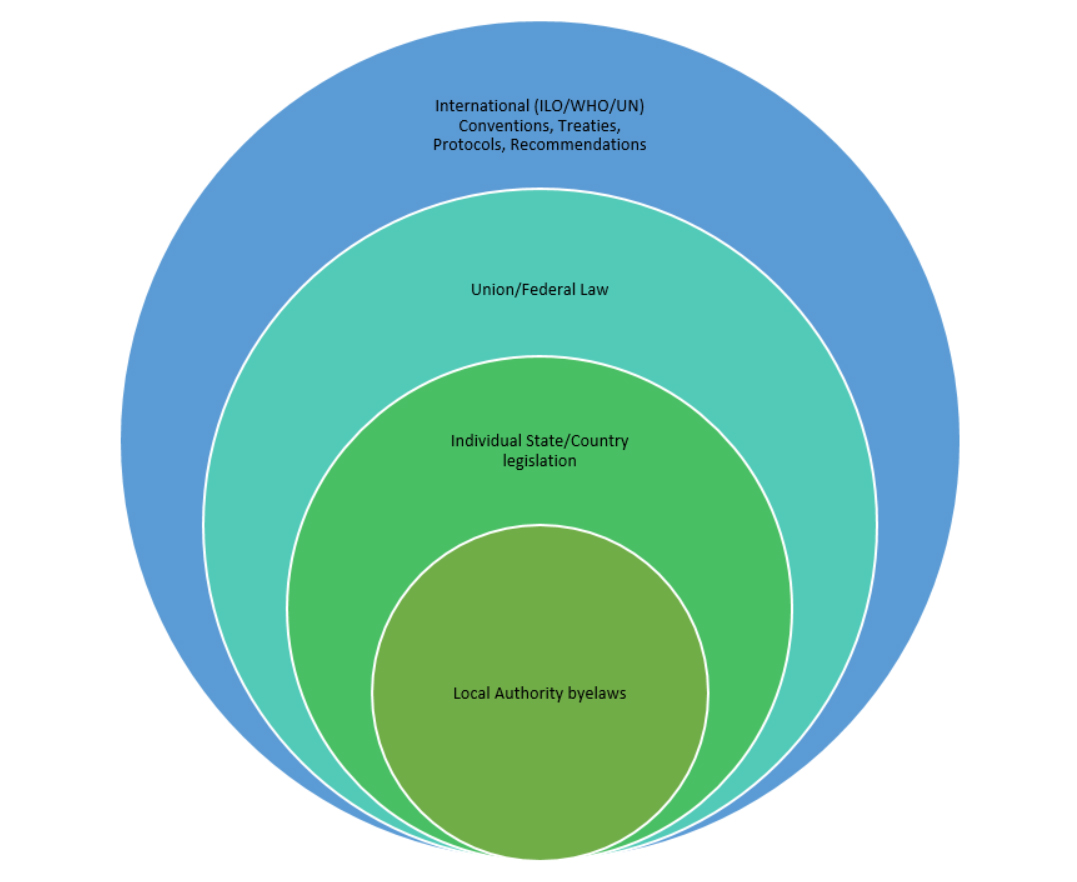
Figure 1 – depiction of the different tiers of legislation
Hopefully, the outline and diagram above has provided a comprehensive overview of International Legislation and its origins.
For anyone interested in learning more and becoming professionally qualified in Health and Safety Management, studying for a NEBOSH International General Certificate online is a good place to start.
–
Victoria Hughes
BSc(Hons.), DipNEBOSH, EnvDipNEBOSH, MCMI, CertIOSH
Student Support Tutor, SHEilds Ltd.

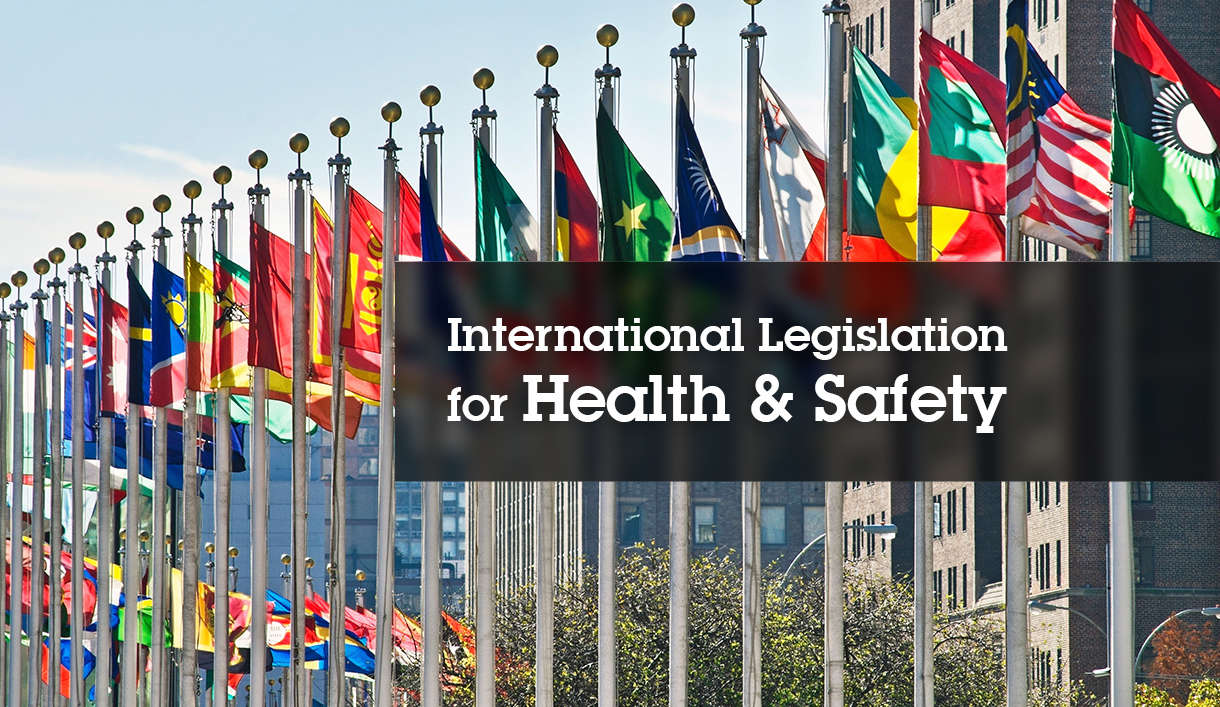



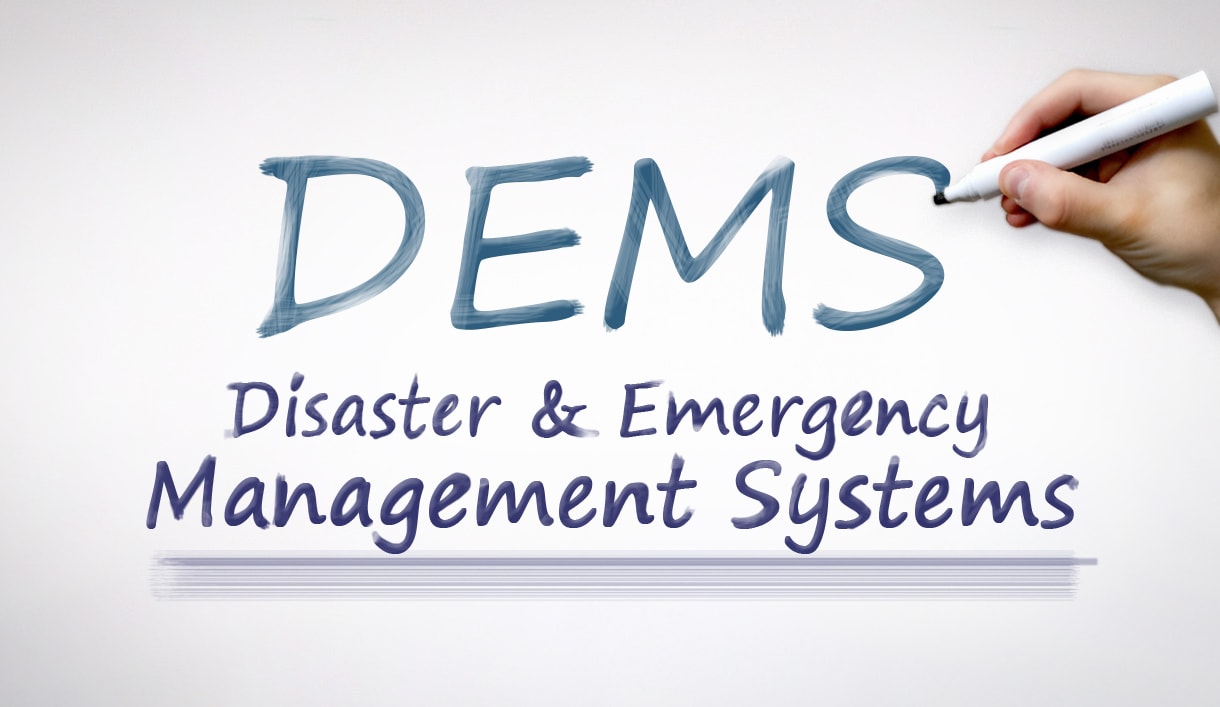
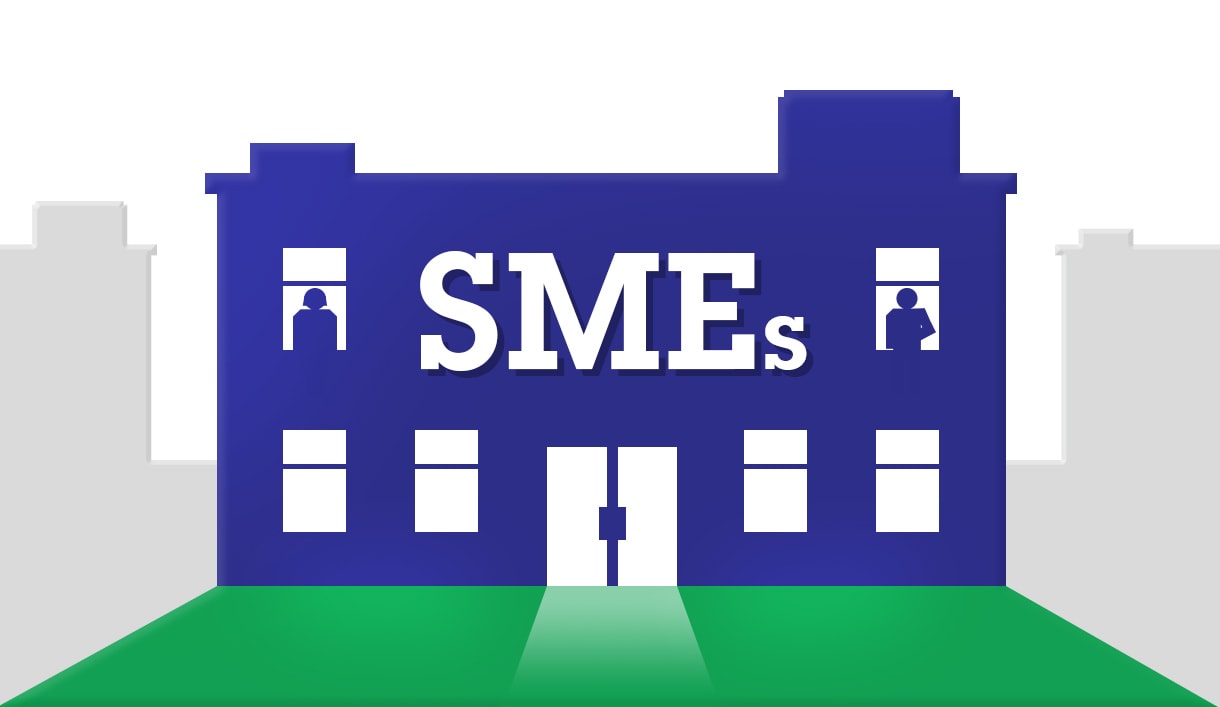
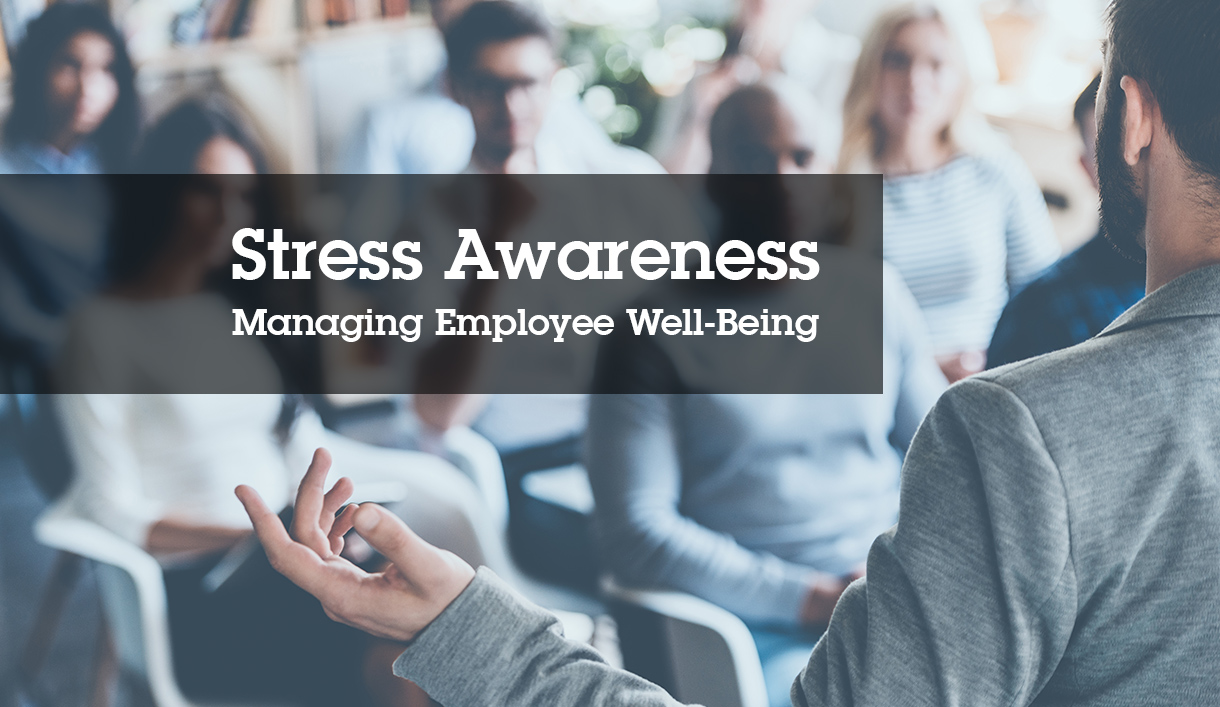
Leave a Reply
Want to join the discussion?Feel free to contribute!